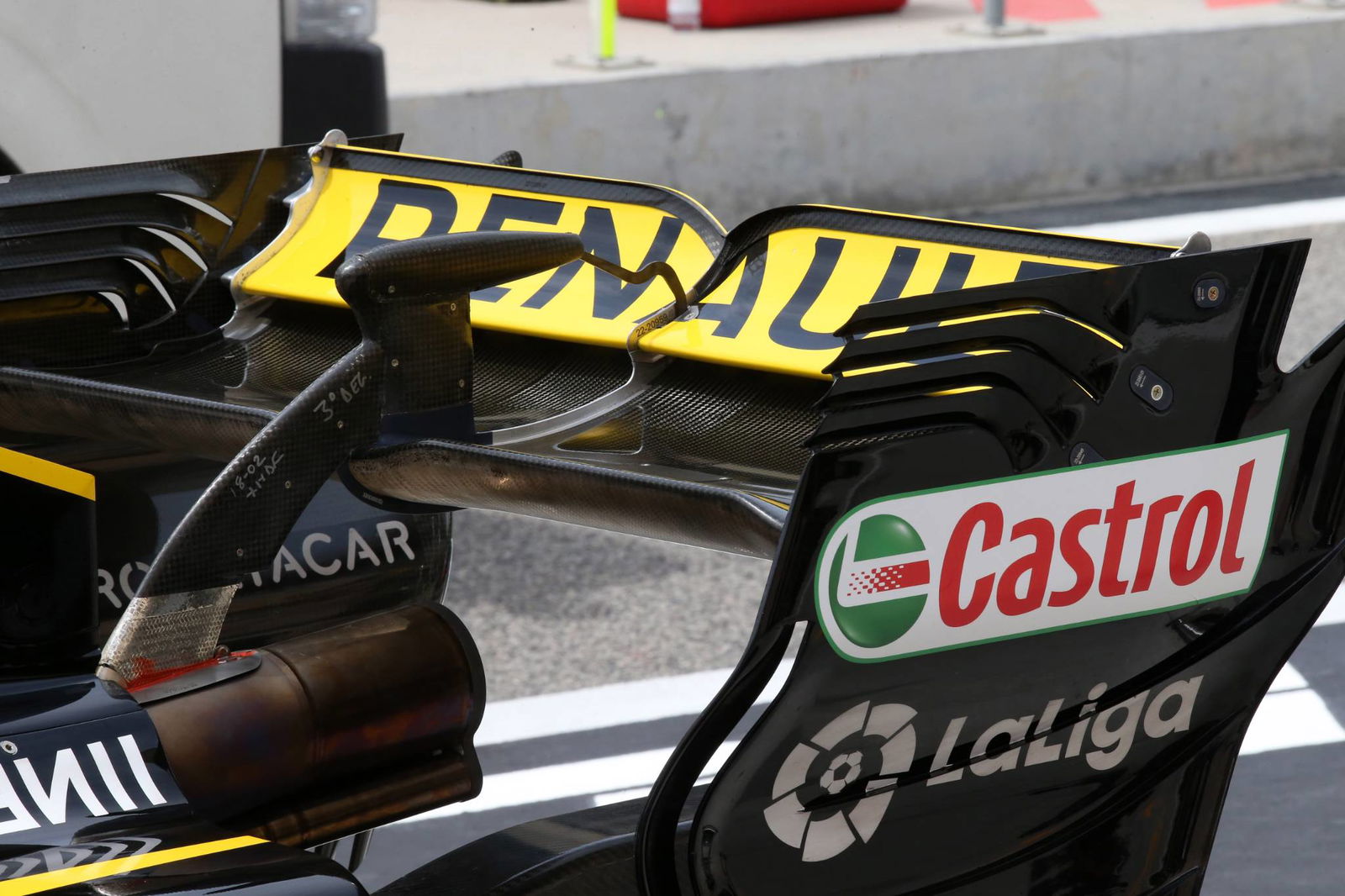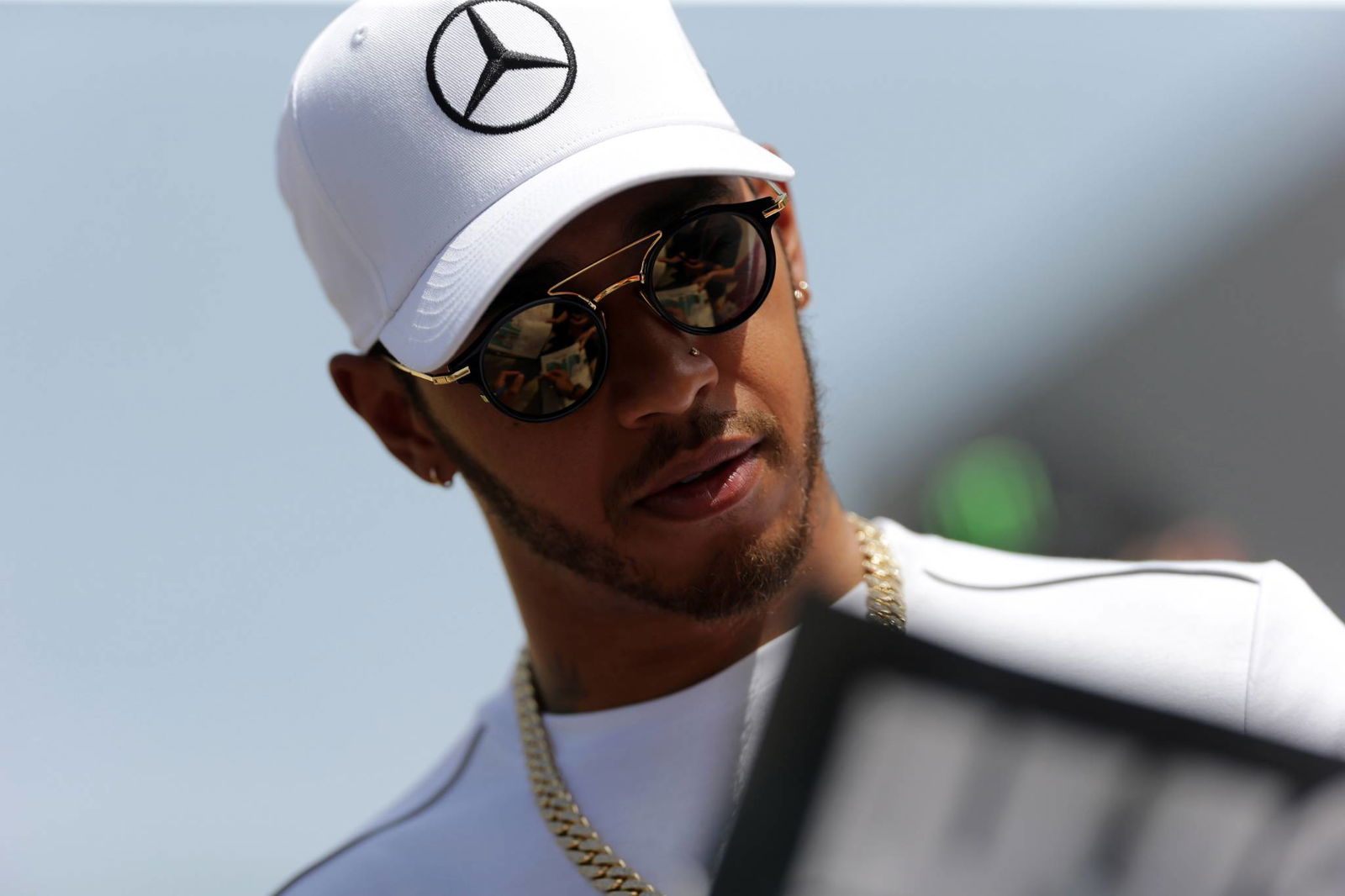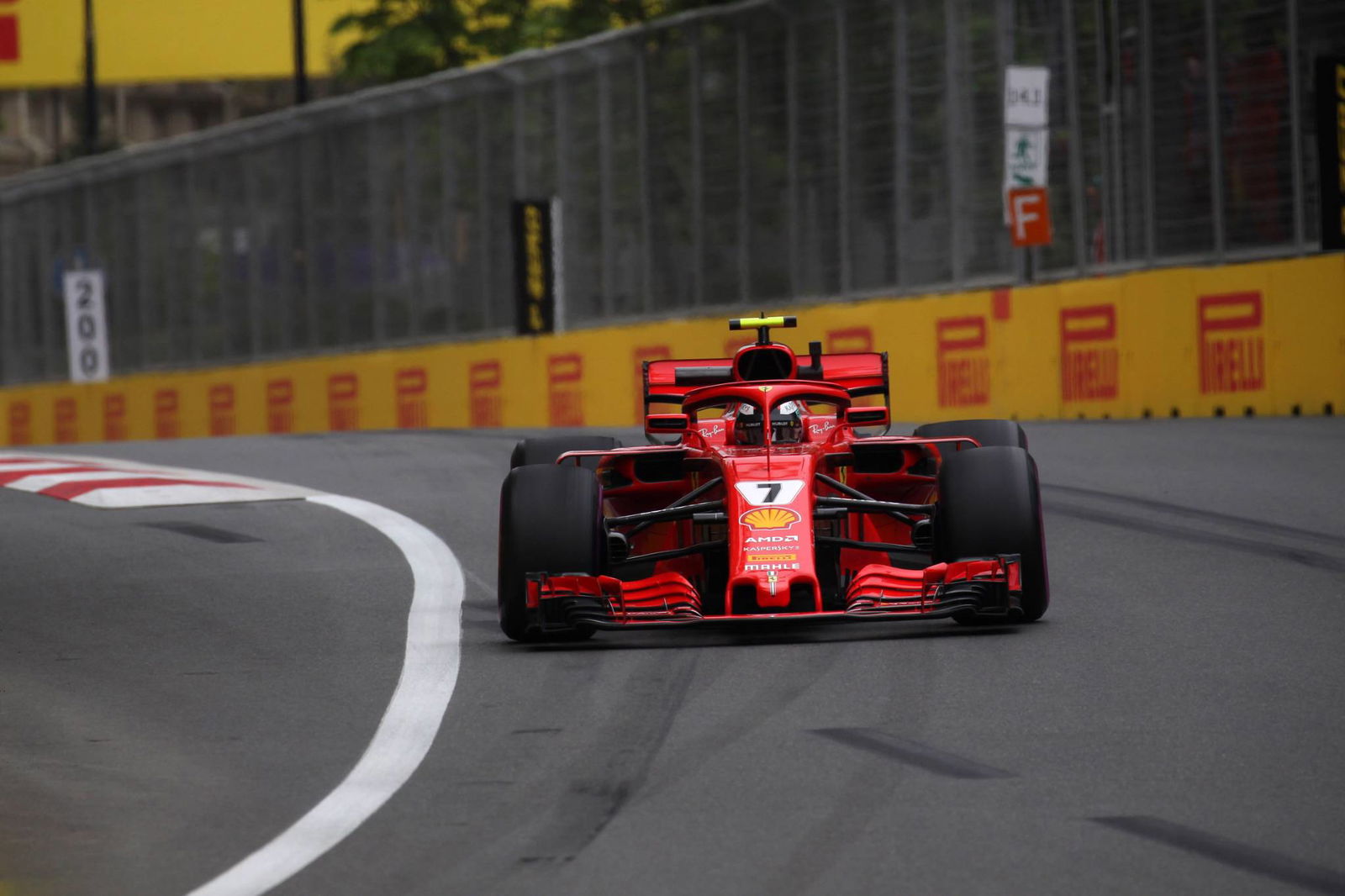Tech: What's happening with F1's exhaust blown rear wings?
Another year in F1, another exhaust blowing debacle.
Since the mid-1980s exhaust blown bodywork has been one of the most powerful ways of enhancing the aerodynamic performance of the car, which heightened during the early 2010s as the engine manufacturers came up with clever ways to continue running gases through the system even when the driver was off throttle.
When applied properly the effects of exhaust blowing are potent, which is why F1’s governing body, the FIA, continually seek to prevent it.

Another year in F1, another exhaust blowing debacle.
Since the mid-1980s exhaust blown bodywork has been one of the most powerful ways of enhancing the aerodynamic performance of the car, which heightened during the early 2010s as the engine manufacturers came up with clever ways to continue running gases through the system even when the driver was off throttle.
When applied properly the effects of exhaust blowing are potent, which is why F1’s governing body, the FIA, continually seek to prevent it.

Perhaps the most documented form of exhaust blowing in F1 is the exhaust blown diffuser, which was brought back into the spotlight by Red Bull-Renault during their dominant period.
The idea is relatively straightforward but difficult to execute: utilise the hot jet of the exhaust gases to direct the surrounding airflow as it leaves the pipe, dictating a new path for the air to bolster the aerodynamic capabilities. In the case of the blown diffuser, teams aim the gases at the gap between the rear tyre and the floor to create a seal, diverting turbulent ‘tyre squirt’ away from the diffuser wall and gaining a chunk of rear downforce in the process.
However when the hybrid power unit rules were introduced in 2014 the FIA saw an opportunity to close the door on it once and for all by introducing a single, central exhaust exit above the gearbox, well away from the floor. The rear wing was the only major aerodynamic surface in close proximity, but at the time this was very high up and difficult for the exhaust plume to influence – ‘monkey seat’ winglets, sprouting from the top of the rear crash structure and rear wing supports, were developed extensively to try to achieve this but their effects were minimal.
In 2017 revamped aerodynamic regulations were presented, the rear wing dimensions being one of many changes to not only make the cars go faster but also look more aggressive. While the wing’s lower stance brought it a lot closer to the exhaust than before, the teams spent most of the year exploring the benefits of the larger bargeboards and tackling the turbulent wake from the wider tyres.
While there were no obvious signs that the teams were beginning to explore exhaust blown bodywork once more, the FIA sought to nip things in the bud by limiting the size of the monkey seat winglets around the pipe exit for 2018, removing a device that could link the hot exhaust jet to the airflow below the rear wing. The FIA also chose to shift the pipe exit further rearward by 50 mm, preventing the plume from entraining to the underside of the wing sooner and therefore having a less powerful effect.
This hasn’t stopped teams from pursuing the concept further, which has led to a further clampdown between the China and Azerbaijan races. While no changes are going to be made to the location of the exhausts – not until 2019 at least – the FIA are reviewing each car’s engine maps individually to check for signs of deliberate exhaust blowing.

Renault are the most obvious team attempting to blow the rear wing. The exhaust appears to be mounted as high as the regulations allow for and at the maximum permitted angle (five degrees). The underside of the wing has also been coated with heat protection, clearly indicating that the plume is having an influence on it.
Blowing the underside of the wing in this manner helps drive the airflow along the surface and increase the angle of attack at which the wing will stall – a higher angle of attack equates to more downforce, thus there is significant benefit. The upward rise of the plume as it is entrained by the surrounding flow will also help draw more air out from the diffuser below, amplifying the upward wash effect and again adding more rear downforce.
There are some hurdles to clear for this design to work though which is perhaps why we haven’t seen other teams go down the Renault path. Some of these challenges are performance-based and others are from manufacturing the required components.
Like the exhaust blown diffuser the rear aero stability depends on gases flowing through the exhaust under all conditions, especially when the driver is braking and off throttle.
This requires additional fuel to be burnt, which at the moment is a bit of premium in this hybrid era where teams would rather carry less fuel and adopt saving tactics (e.g. lift and coast) than have a full tank from the start of the race. And although the exhaust system on an F1 car is incredibly light the higher position of the pipe exit will be detrimental to the centre of gravity, already affected greatly by the addition of the Halo this year.
From a manufacturing perspective it is also quite difficult to produce. Applying an even, thin layer of heat protection to the underside of the wing requires the design and development of new tooling, which for potentially only one season of use is particularly unattractive.
McLaren were, as of a month ago, looking at developing its own exhaust blown rear wing alongside Zircotec who would develop the tooling needed to spray the underside of the wing with their special ceramic coating. Being another Renault-powered team, McLaren could well benefit from their new engine partnership with immediate effect as they have experienced how to set up the system already.

With the rule-makers snooping in it could call off the arms race before it has even started, but in F1 those with big budgets could well be open to designing their own exhaust blown rear wing this season.
As long as a team can persuade the FIA that their various engine maps are purely to manage the performance of the power unit, it’s game on for those extra few tenths of a second.

